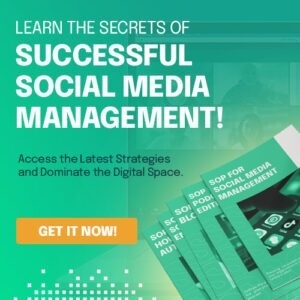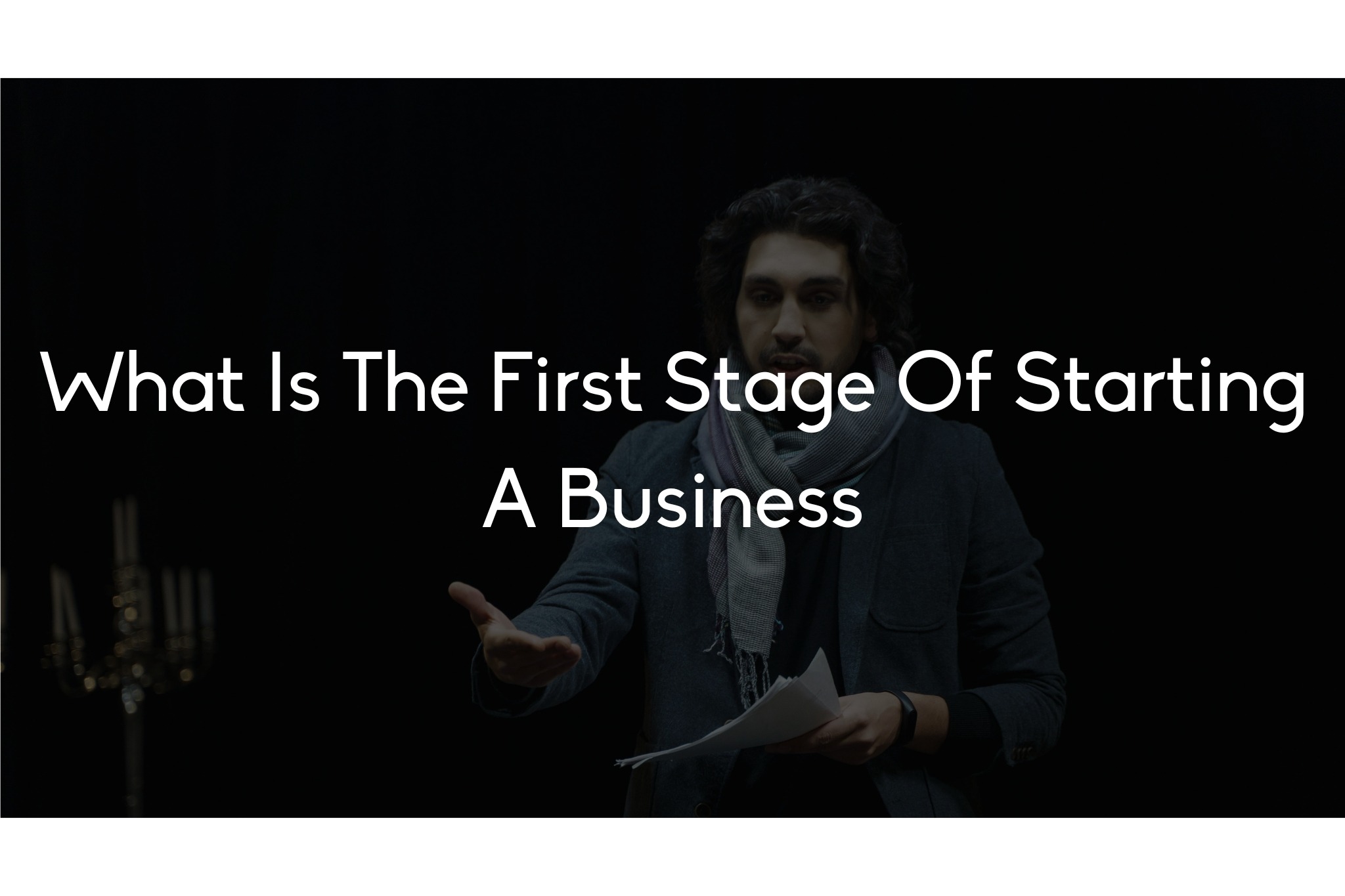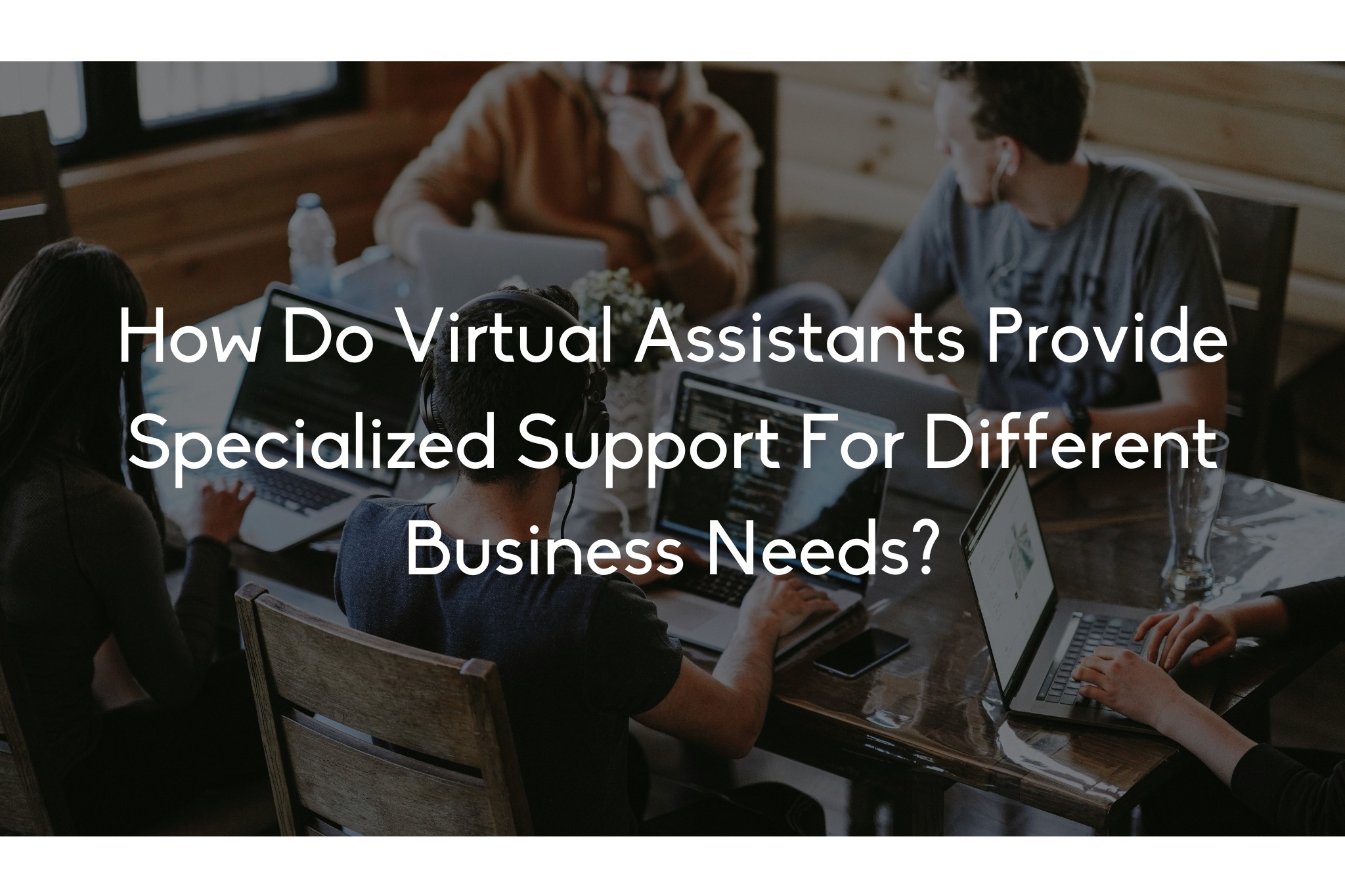
Starting a business is an exhilarating journey, filled with dreams of independence, innovation, and impact. But like any journey, it needs a clear starting point. If you’re contemplating venturing into the world of entrepreneurship, you’re probably asking yourself, “Where do I even begin?” It’s a common question, and the answer is critical to your future success. The first stage of starting a business isn’t as glamorous as launching your product or as exciting as seeing your first customer, but it’s the foundation upon which everything else is built.
The first stage of starting a business is all about idea validation. It’s the process of taking your business concept—whether it’s a product, service, or a unique value proposition—and rigorously testing its feasibility and potential in the real world. This stage is crucial because it saves you time, money, and effort by ensuring that your idea is not just a passion project but something that can thrive in the market.
This might sound straightforward, but idea validation involves several key steps that many aspiring entrepreneurs overlook. In the sections below, we’ll break down these steps into manageable chunks. We’ll explore why this stage is essential, what it entails, and how to navigate it effectively. By the end of this article, you’ll have a solid understanding of how to validate your business idea and move forward with confidence.
Understanding Your Market
Before diving headfirst into building a business, you need to understand the market you’re entering. This is more than just knowing who your potential customers are; it’s about grasping the broader industry dynamics, the trends shaping the market, and the economic forces at play.
- Market Research: Start with some basic market research. Look at existing reports, industry analyses, and forecasts. Identify whether the market is growing, stable, or declining. Who are the key players? What are the barriers to entry? Understanding the market helps you identify opportunities and threats, which is crucial for shaping your business strategy.
- Customer Segmentation: Break down your potential customer base into segments. These can be based on demographics, psychographics, behavior, or even geographical location. The goal here is to pinpoint who your ideal customers are and what their specific needs and pain points might be.
Identifying the Problem
At the heart of every successful business is a solution to a problem. But to offer a solution, you first need to clearly identify the problem you’re solving. This step is about digging deep into the pain points of your target audience.
- Problem Hypothesis: Start by articulating the problem as a hypothesis. For example, “Small businesses struggle to manage their social media presence effectively.” This hypothesis gives you a starting point for validation.
- Customer Interviews: Engage directly with potential customers to understand their challenges. What are their frustrations? What solutions are they currently using, and why aren’t those solutions satisfactory? Real-world feedback is invaluable here.
Crafting a Unique Value Proposition
Once you’ve identified the problem, the next step is to articulate how your business will solve it. This is your unique value proposition (UVP)—the compelling reason why customers should choose your product or service over others.
- Clarity is Key: Your UVP should be clear, concise, and customer-focused. It’s not about what you do, but about what you do for them. For example, instead of saying “We offer high-quality organic skincare products,” a better UVP would be “We help people with sensitive skin find relief and confidence through natural, organic skincare solutions.”
- Testing Your UVP: Like your business idea, your UVP needs to be tested. Does it resonate with your target audience? Is it unique enough to stand out in a crowded market? Testing can be done through surveys, A/B testing on landing pages, or even through social media ads.
Conducting Competitive Analysis
No business operates in a vacuum. Understanding your competition is crucial to carving out your niche in the market. Competitive analysis isn’t about copying what others are doing but about finding ways to differentiate your offering.
- Identify Your Competitors: Start by identifying who your direct and indirect competitors are. Direct competitors offer the same or similar solutions, while indirect competitors might fulfill the same need but in a different way.
- Analyze Their Strengths and Weaknesses: What are your competitors doing well? Where are they falling short? This analysis will help you identify gaps in the market that you can exploit. For example, if your competitors are all focused on high-end customers, there might be an opportunity to target budget-conscious consumers.

Getting Feedback from Potential Customers
Feedback is the lifeblood of the idea validation process. It’s one thing to think you have a great idea; it’s another to hear it directly from the people who would be paying for it.
- Surveys and Questionnaires: Develop a simple survey to gauge interest in your product or service. Keep it short and to the point, focusing on key aspects like price sensitivity, features, and purchase intent.
- Focus Groups: If possible, organize small focus groups where you can present your idea and get in-depth feedback. This setting allows for a more nuanced understanding of customer reactions and can uncover insights you might miss with surveys alone.
- Social Media Testing: Platforms like Facebook and Instagram offer affordable ways to test your idea with real audiences. You can run ads that direct people to a landing page, where they can learn more and express interest. The engagement metrics will give you a sense of whether there’s real demand.
Prototyping and MVP Testing
Before you go all-in on product development, it’s wise to create a prototype or a Minimum Viable Product (MVP). This isn’t about building a full-fledged product but rather a simplified version that highlights the core value you’re offering.
- Build a Prototype: Depending on your business, this could be a physical prototype, a digital mockup, or even a service blueprint. The goal is to create something tangible that potential customers can interact with.
- Test, Test, Test: Put your MVP in front of real users and gather as much feedback as possible. Are they using it as you expected? What features are they asking for? What problems are they encountering? This stage is all about learning and iterating.
Revising and Refining Your Idea
Idea validation isn’t a one-and-done process. It’s iterative. As you gather feedback, conduct tests, and analyze results, you’ll likely find that your initial idea needs tweaking.
- Be Open to Change: Don’t be too attached to your original concept. If the data suggests that your idea needs significant changes, be willing to pivot. The goal is to create something that meets market needs, not to force an idea that isn’t viable.
- Refine Your UVP and Business Model: As you refine your idea, revisit your UVP and business model. Are they still aligned with what you’ve learned? Make adjustments as needed to ensure that your business is poised for success.
Conclusion
The first stage of starting a business might not be the most glamorous, but it’s the foundation upon which your success is built. By thoroughly validating your idea, understanding your market, and refining your concept based on real-world feedback, you’re setting yourself up for a business that isn’t just a dream but a viable, profitable reality. Now that you know where to start, it’s time to take the next step with confidence.


